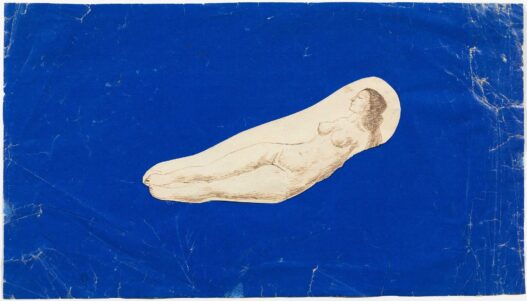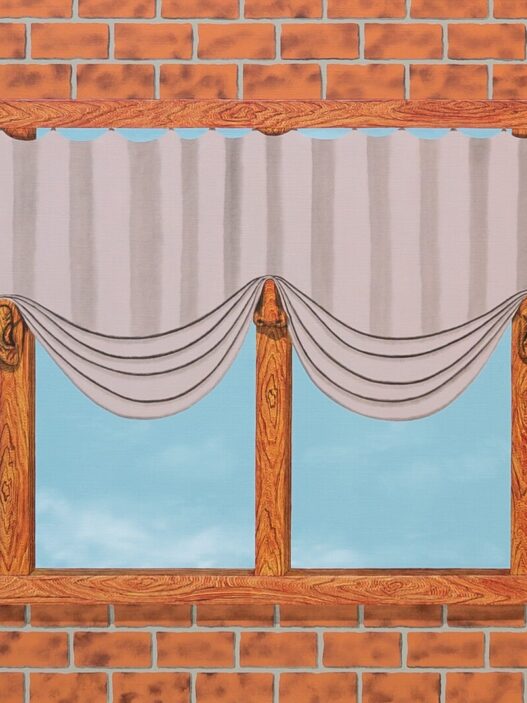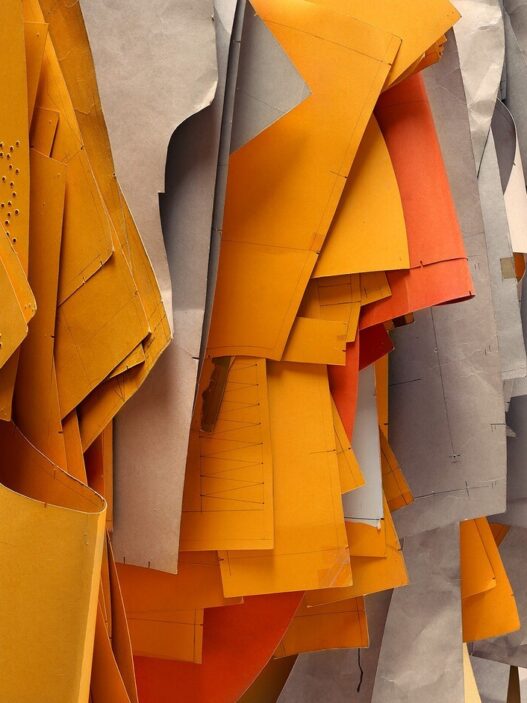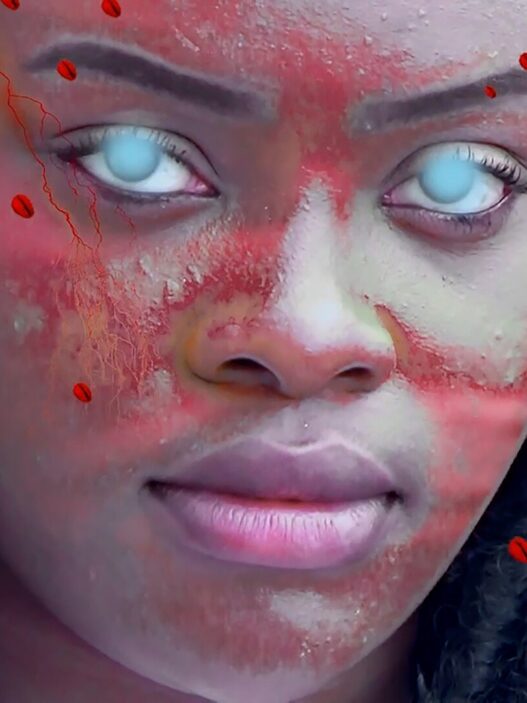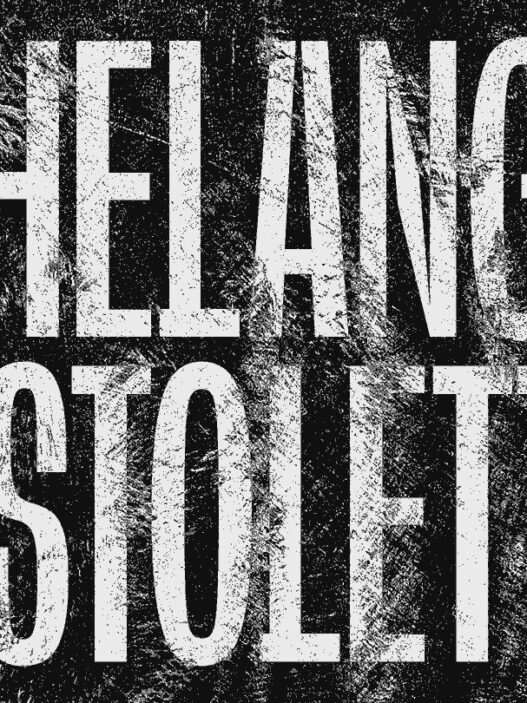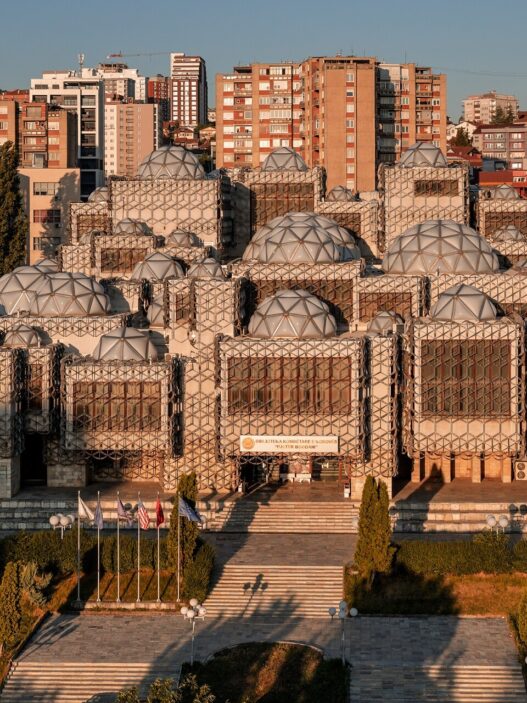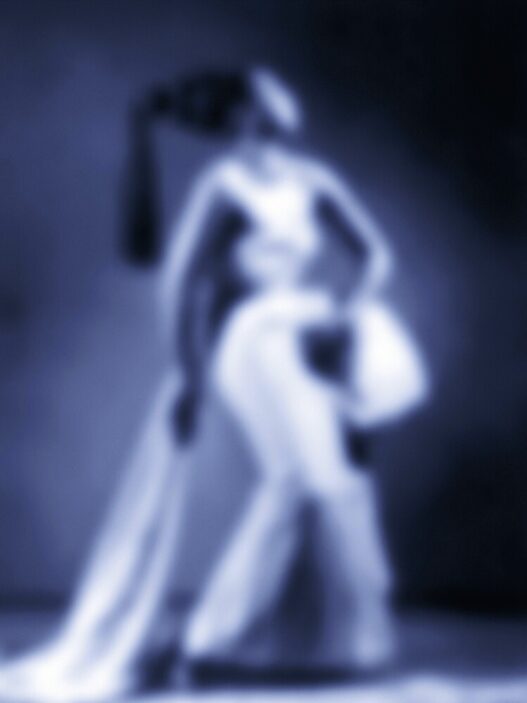October 1–December 31, 2022
Fall exhibitions celebration: October 9, 6–9pm, Joan Didion and Bob Thompson exhibitions also on view
Curator walk-through: October 29, 1–2pm
Picasso Cut Papers, an exhibition highlighting a significant but little-known aspect of Pablo Picasso’s technique, is on display at the Hammer Museum at UCLA (1881–1973). In addition to a small number of sculptures made of sheet metal, this exhibition includes some of Picasso’s most imaginative and quirky works created on paper and in paper. Picasso used cut papers to produce works of art that stood alone, experimented with works in different media, served as models for his fabricators, and served as gifts or games for family and friends. The artist signed, dated, and preserved them much like he did his works in other mediums, despite the fact that he rarely sold or showed them throughout his lifetime. Numerous examples, which up until this point have been kept flat or disassembled in portfolios, will take on their former three-dimensional forms when displayed in the exhibition. From his earliest cut papers, created in 1890 when he was nine years old, through the 1960s, with works he created while in his nineties, this study covers the all of Picasso’s career. From October 1 through December 31, 2022, Picasso Cut Papers will be on display.
There are approximately 100 works in the exhibition, many of which have never before been displayed in public, with loans coming principally from the Fundación Almine y Bernard Ruiz-Picasso para el Arte, the Picasso estate, and the Musée national Picasso in Paris. Major loans have also been granted by the Museu Picasso in Barcelona; the Metropolitan Museum of Art, New York; the Museum of Fine Arts, Boston; the Museum of Modern Art, New York; and the collection of Gail and Tony Ganz.
Picasso experimented with how versatile paper is and how it can be folded and shaped in an effort to add volume where it could not otherwise be seen. The artist’s continual endeavors to dissolve the conventional distinctions between drawing, painting, and sculpture, extending into the disciplines of photography, moving images, and live performance, are embodied in the cut sheets.
Picasso Cut Papers is organized loosely chronologically, according to the following sections: Silhouettes; Contours; Cut, Pinned, and Pasted Papers; Torn and Perforated Papers; Shadow Papers; Sculpted Papers; Divertissements; Masks; Diurnes.
Catalogue
This book, the first to exclusively focus on Picasso’s cut papers, includes numerous pieces that have never before been reproduced with newly commissioned photography, along with new research on a little-known facet of one of the 20th century’s most important techniques. It adds to the ongoing discussion about modern art’s founding principles of invention and abstraction. A photo gallery that recounts Picasso’s practice of cutting paper with family, friends, and collaborators both within and outside of the studio is also included. It surveys the artist’s involvement with cut paper and sculpture over the years. The book features a text by Allegra Pesenti and is edited by Cynthia Burlingham and Pesenti. It is published by DelMonico Books • D.A.P and designed by Miko McGinty and Rita Jules. Picasso Cut Papers will be available for purchase online at store.hammer.ucla.edu ($50) and in-person at the Hammer Store.
Credits
Cynthia Burlingham, deputy director of curatorial affairs, and Allegra Pesenti, independent curator and former associate director and senior curator at the Grunwald Center for the Graphic Arts, are in charge of organizing Picasso Cut Papers.
The Musée national Picasso-Paris has provided great support for the organization of the exhibition.
Lead funding for Picasso Cut Papers is provided by Alice and Nahum Lainer, with major support from the Steinhauser Greenberg Exhibition Fund and the Art Mentor Foundation Lucerne. The exhibition is also supported by Lisette Ackerberg, Gagosian, Nancy Lainer, Deanie and Jay Stein, Maria Hummer-Tuttle and Robert Holmes Tuttle, and an anonymous donor. Additional support is provided by the John R. Eckel, Jr. Foundation and Lee Ramer.
Hammer Museum
10899 Wilshire Boulevard
Los Angeles, CA 90024
United States









